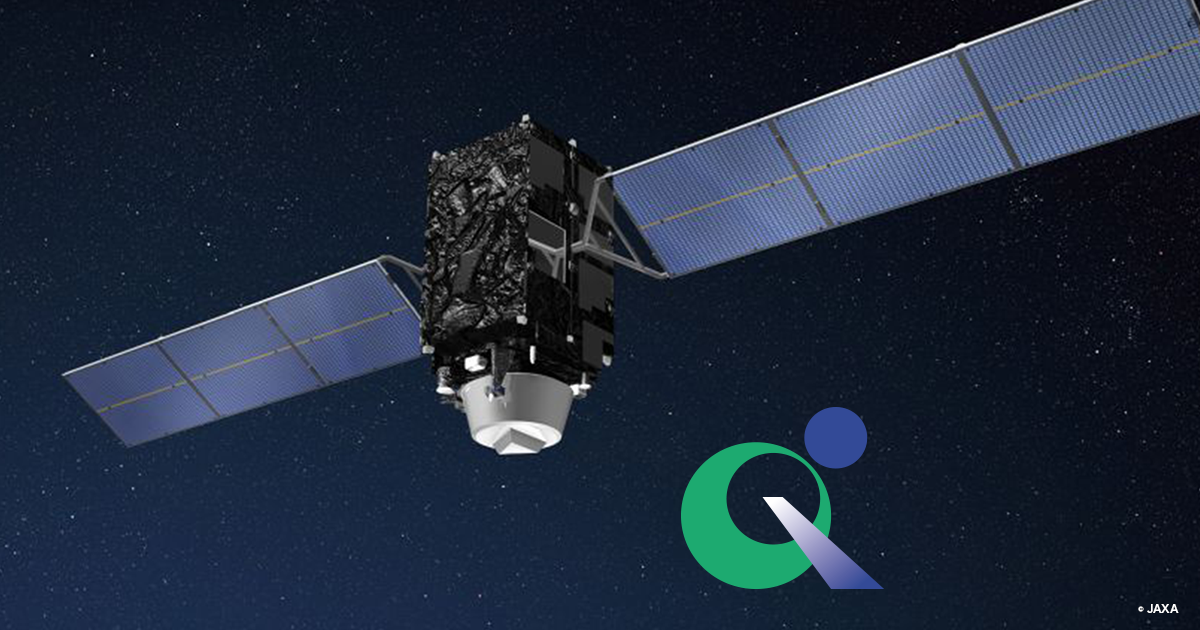It cant be - by definition a feed is a single hop, either via fibre or satellite, which takes x amount of time to travel to the host from the stadium. A satellite broadcaster ads a half second delay just from the round trip from the tv uplink to the satellite and back down to the satellite dish. Plus any delays added in by encryption, decryption, frame stores etc.
With respect to the particular satellite TV channel in question (A Sports from 38.0E in C-Band) it is in fact faster than the Globecast feeds from 3.1E in C-Band that show the same content.
This comes about by the fact that the Globecast feeds of the World Cup soccer on 3.1E are second or third hop uplinks that are probably using fibre or NS3/NS4 as their original source.
The Globecast feeds are probably passed through various processing stages and studios before being uplinked to 3.1E for downlink into the African market.
Due to the signal path taken by the Globecast feeds with additional encoding and uplinking they turn out to be slower than a mainstream satellite TV channel.
I timed the difference in speed between these pictures myself using side by side TV's connected a C-Band multi dish setup.
This particular situation is an anomaly and only brought about by the fact that there are no other general satellite feeds in C-Band or Ku-Band for the World Cup soccer that show actual full duration live matches.
To the best on my knowledge, the second or third hop Globacast feeds are the only feeds located so far that shows entire duration live action of the matches.
In the pure definition of a raw feed, provided it is a single path direct uplink/downlink and "untampered" with by the uplink van crew then it is impossible for a mainstream satellite TV channel to have faster pictures of the same content.









